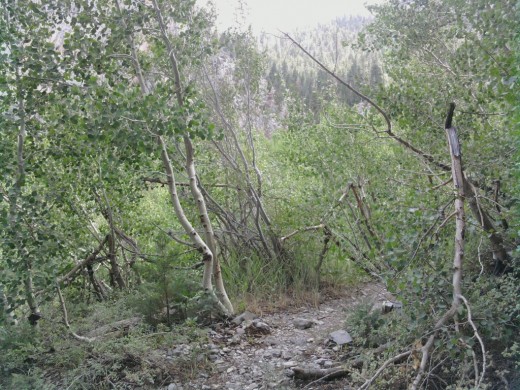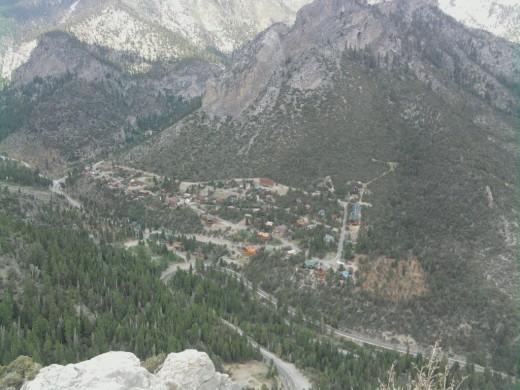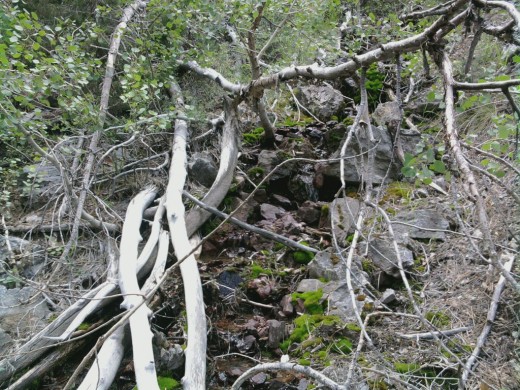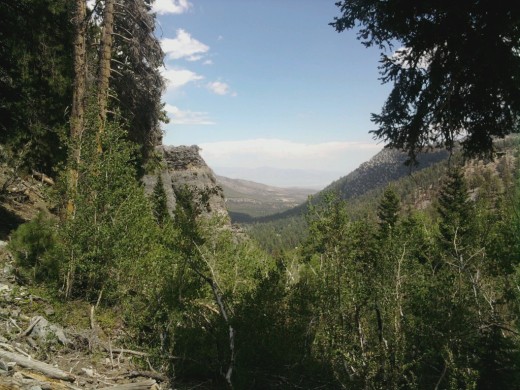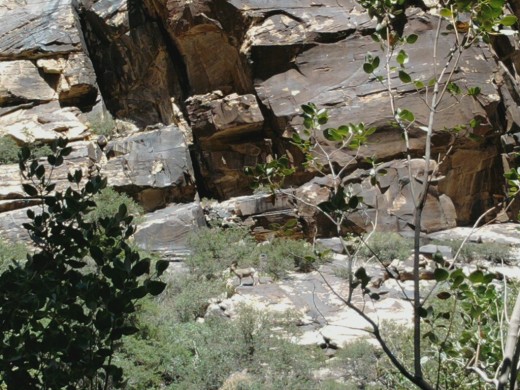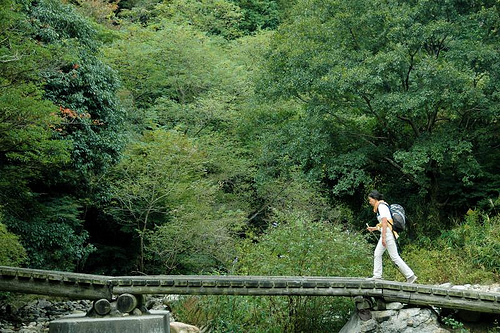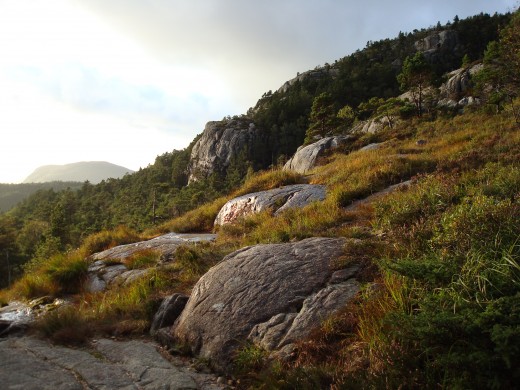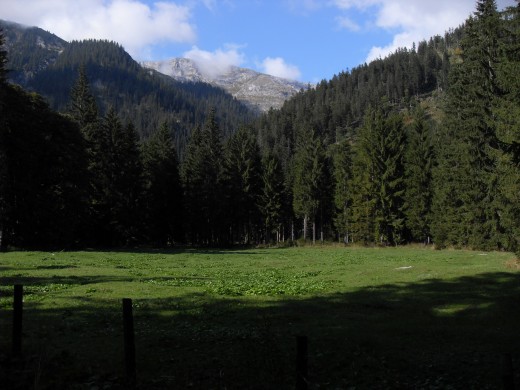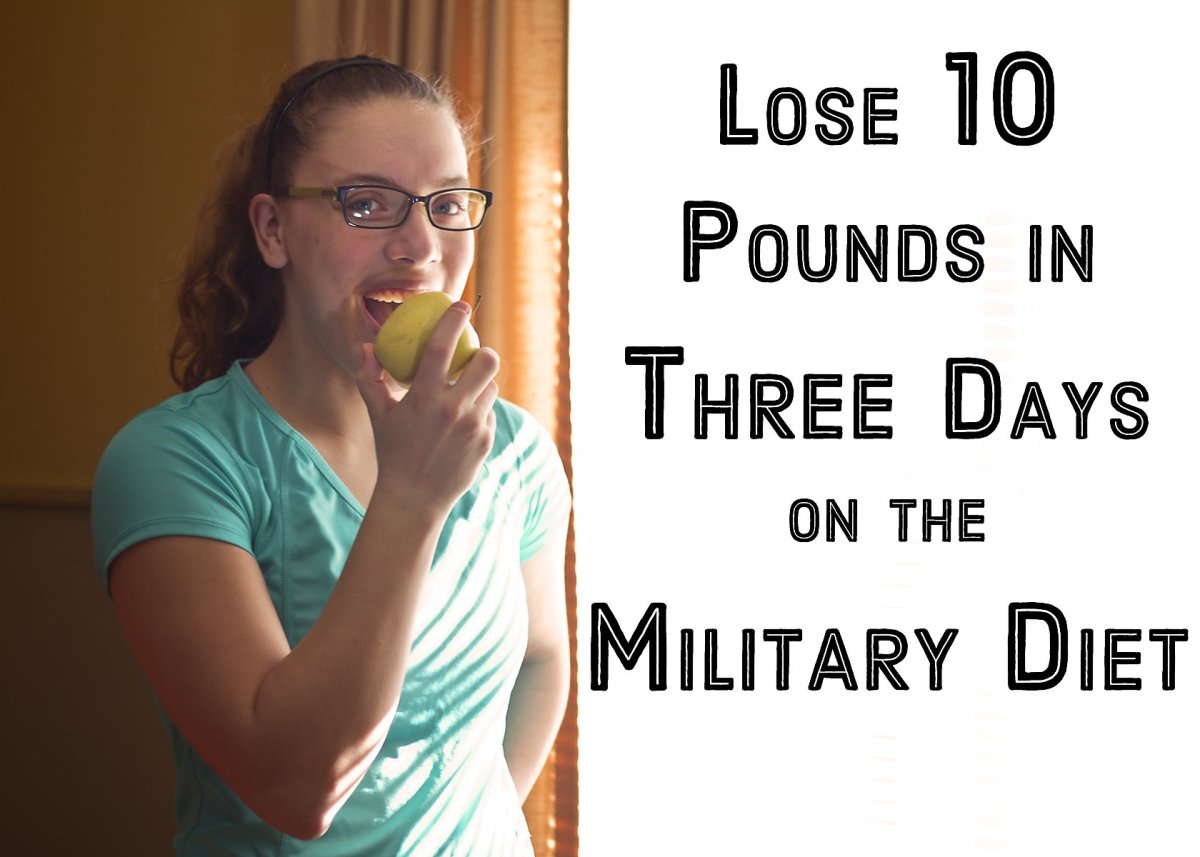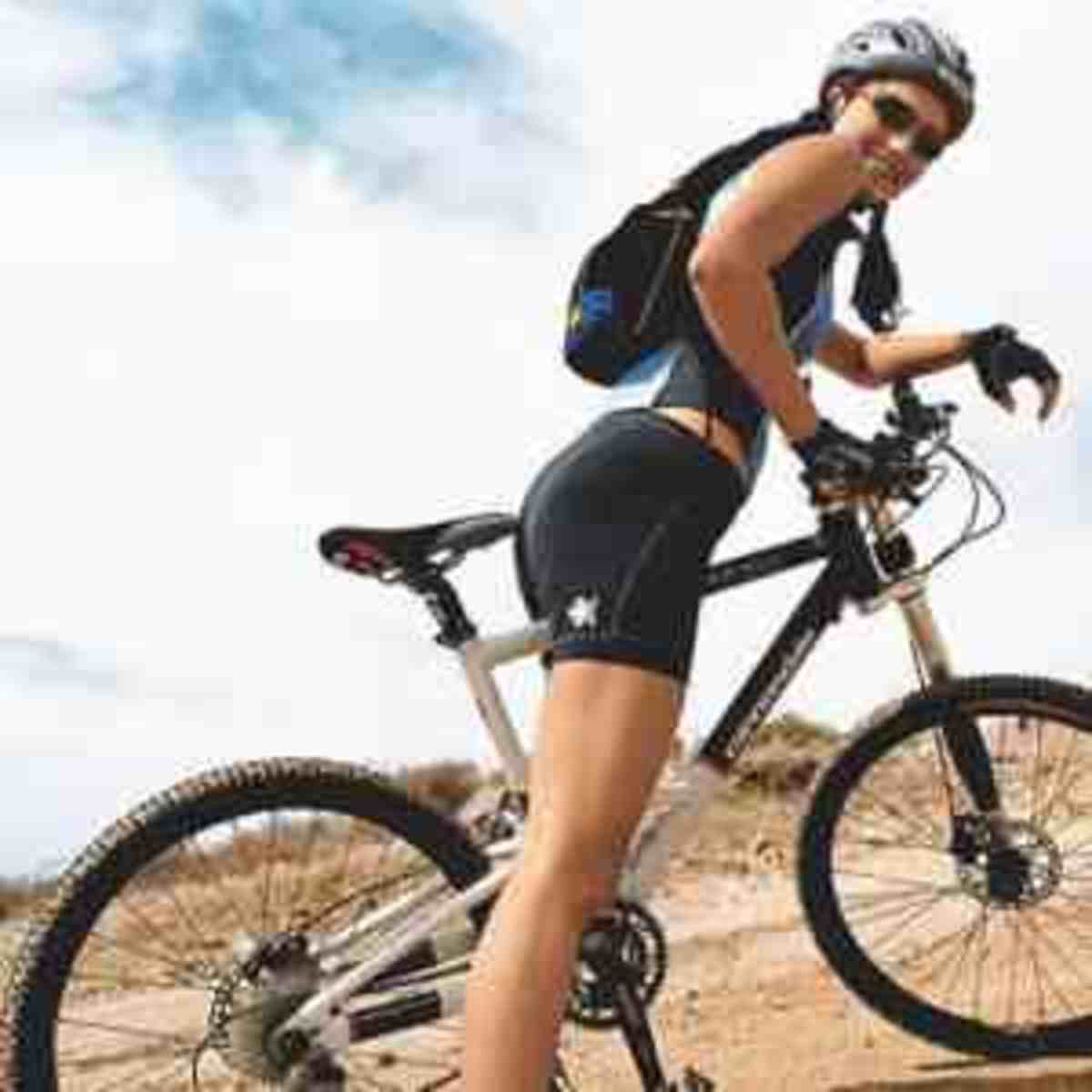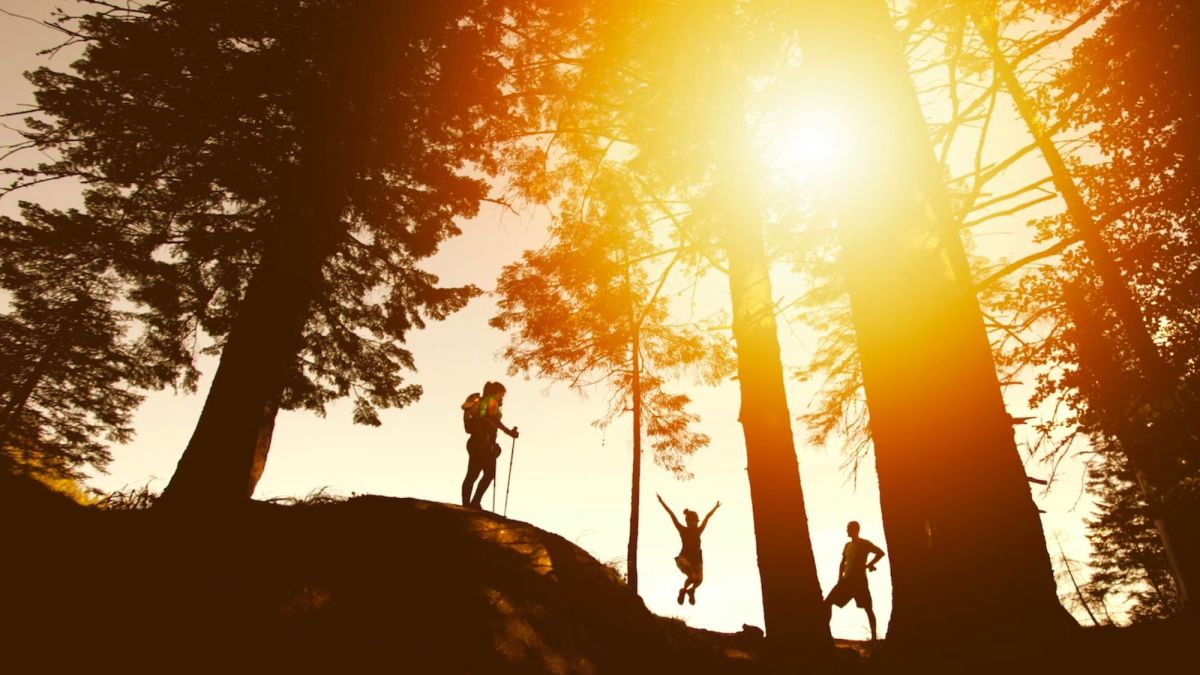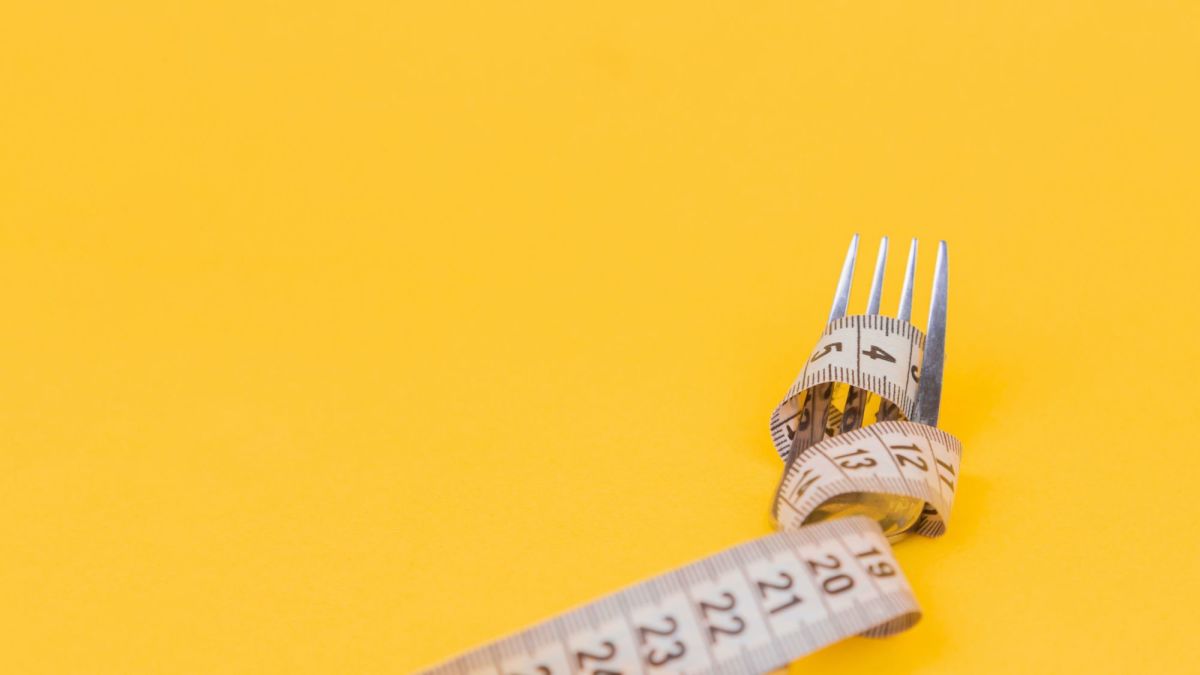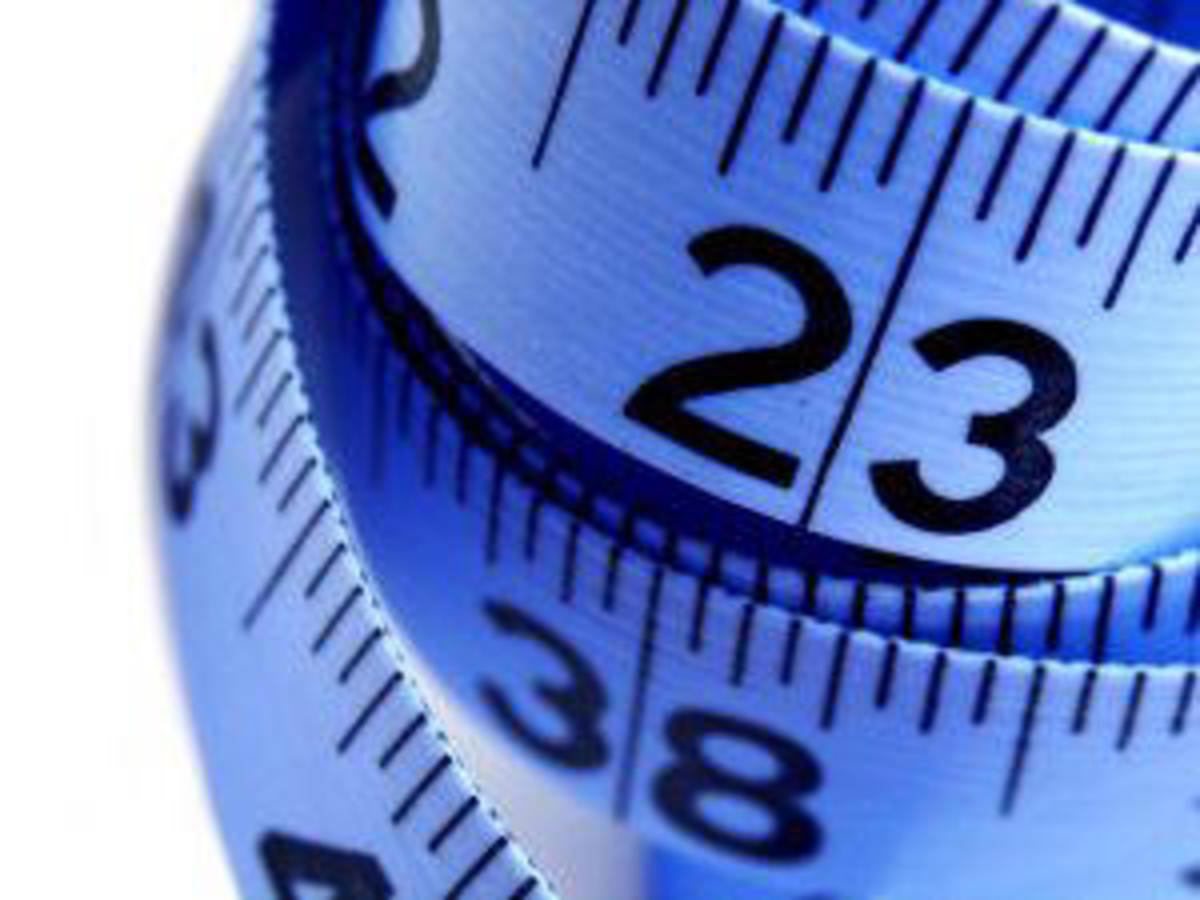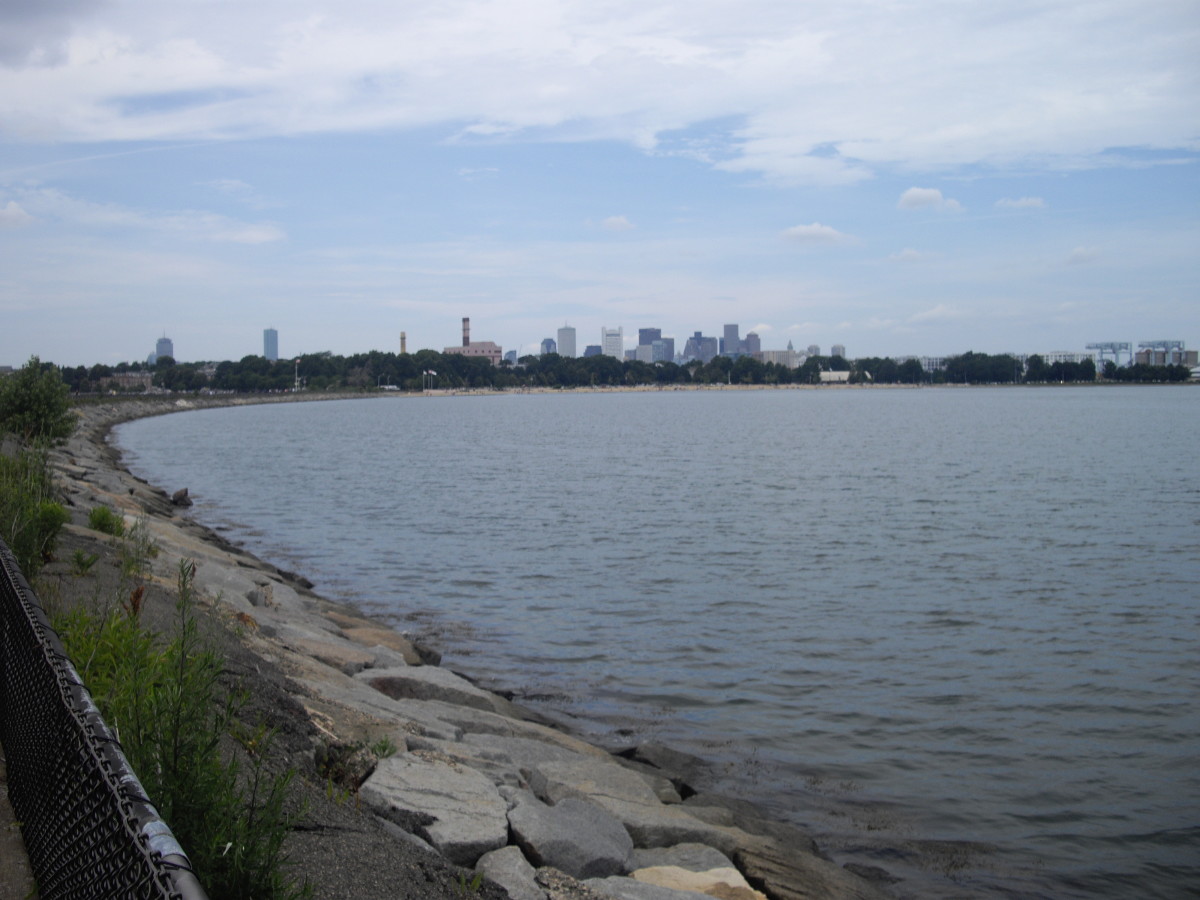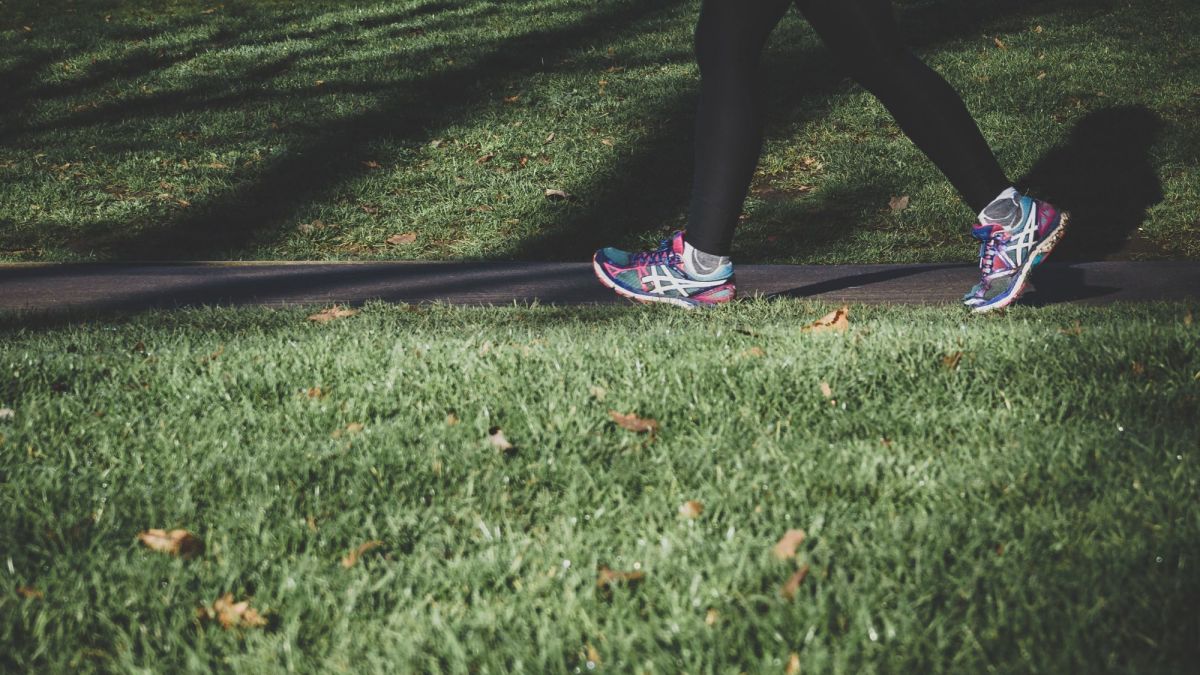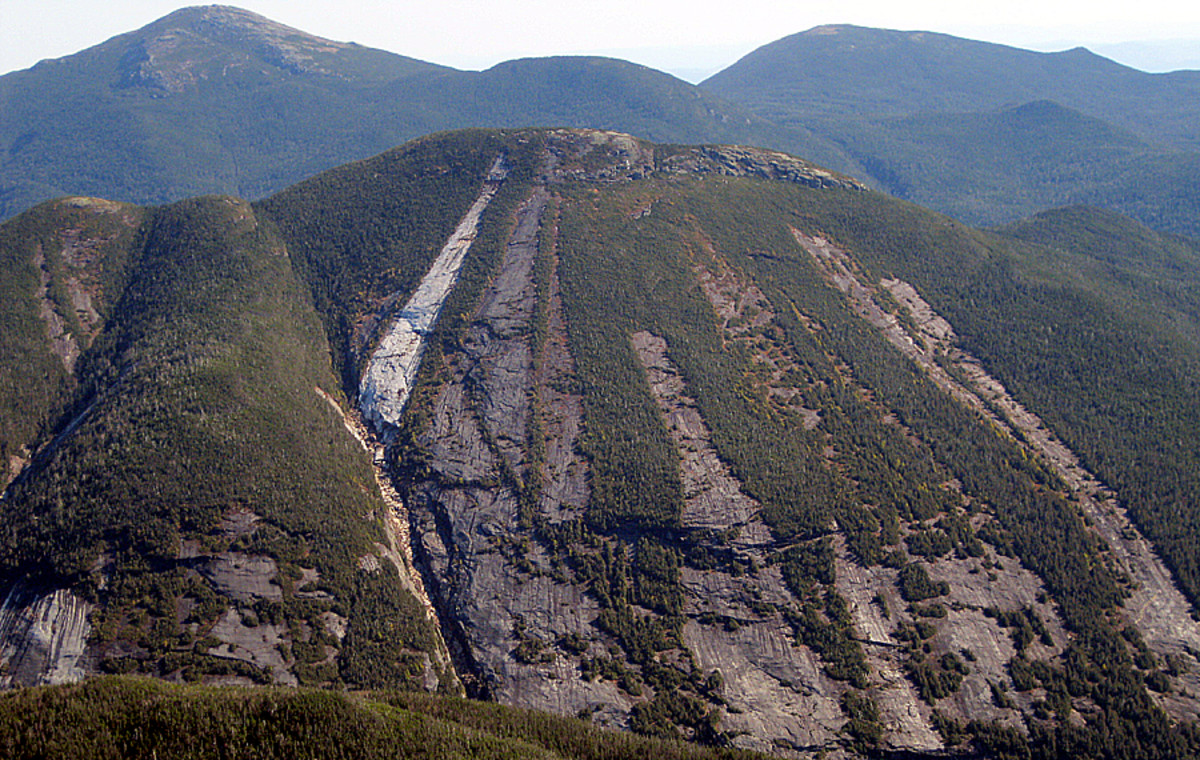How You Can Lose Weight Hiking
Getting bored pumping iron? Tired of the typical cardio such as running or biking? Looking for a less stressful and more enjoyable way to lose weight? You may want to give hiking a try! Not only is it a high calorie burning activity that will help you lose weight fast, but it will get you back in touch with nature as well as allowing you to see some breathtaking scenery. You might even become addicted once you finish your first couple hikes.
How to Get Started
The best way to get started is to gather information. If you’ve never hiked, or hike very seldom you will want to begin with a low impact trail. Some ways to find out about trails around where you live include: external websites, a nearby REI or any kind of outdoorsy shop (the clerks usually know a lot about the area, and they will likely sell maps and books), or maybe a Jeep owner you know. There is a fair chance a Jeep driver has been around the local trails.
Once you’ve found a beginners trail, you’ll want to grab or buy a backpack and fill it up with supplies. Aside from the necessary water/food combo, there are a couple other things I would suggest to take with, regardless of the trail’s difficulty. They are situational, but can be a lifesaver.
I always take aspirin or any brand of painkiller with me, on every hike. If you are hiking at high altitudes that you are not used to, or are prone to headaches in severe temperatures, I would seriously recommend you do the same. High altitudes can be particular troublesome, if your body has not yet adapted. You may experience a mild case of Acute Mountain Sickness (AMS), which usually involves a headache and the possibility of nausea, shortness of breath, and lethargy. If you experience any of these symptoms, you should immediately take a painkiller and begin to head back down. It’s not fun, but your body can adjust eventually; just be sure to take it easy at first and talk to a doctor if you’re not certain of your capabilities.
Another great thing to take with is sun block . I learned this the hard way, going on a nice six hour hike one afternoon only to come back and notice my neck, face, and arms looked like a wrinkled tomato. Again this advice depends on many factors, such as complexion and local weather.
A good, sturdy pair of hiking shoes will come in handy, too. In fact, for general safety it is highly recommended that you wear them. Some of the top features of hiking shoes include good traction, water and dirt resistance, and tougher soles to prevent wear out. Your feet will thank you when you get back in the car!
Last, you might consider buying a hiking stick. Whether to help keep your balance during ascension or descension, reduce knee and joint impact, or even to use as a weapon if need be (you never know), it is a great hiking tool. There any a variety of types of hiking sticks, and although some materials are better than others, you can't really go wrong with any of them.
What Kind of Food Should I Take?
Generally, it depends on what your goals are. For the purpose of losing weight, you’ll obviously rely on low calorie snacks and water to maximize the calorie loss. High carbohydrate, high protein and low fat foods are going to be your best friends. Some good things to stuff in your bag include:
· Rice cakes
· Trail Mix (normally high in calories, but you only need a handful at a time for lasting energy)
· Hard boiled eggs
· Whole fruits
. Convenient vegetables such as carrot sticks and celery.
· Deli shop sandwich (beware of added calories in things like cheese and sauces)
· Baked chips
This is just a sample of what you have to choose from. In addition to water, I also like to bring a sports drink such as Gatorade, just because I feel like when I start to get drained it gives a bigger energy boost than water will. Just one 8 to 16 oz bottle is good, remember liquid calories are the easiest to consume.
How Many Calories does it Burn?
There’s no exact number for the amount of calories burned hiking. It depends on the level of incline, length and speed of the hike, how much you’re carrying on you, and your weight and fitness level. Check out the table below to get a rough estimate. Light hiking refers to slow paced walking on mostly level ground. Moderate hiking adds incline and increases the pace. More intense hiking can even include climbing, and that would be what burns the most calories.
On top of calorie burn, you have the opportunity to build muscle during a hike. If you walk up any sort of incline, you’re working your butt and thigh muscles tremendously. Add rock climbing and you’ll engage your arms and core muscles. And let’s not forget that what comes up must come down; when you walk downhill you are engaging your knees, hips, and hamstring muscles. Just be careful with your knees, as they can be easily damaged by too much strenuous downhill walking (a hiking stick helps).
Activity
| Calories/Hour*
|
|---|---|
Hiking (light, no climbing)
| 372
|
Hiking (moderate)
| 558
|
Hiking (including rock climbing)
| 745
|
This is based off a 205 pound man. Calories may differ depending on body size/gender.
Grab Your Gear and Go!
It’s fun, it can be less exhausting than other types of cardio, it builds muscles, it gets you exploring the great outdoors, and it burns a hefty amount of calories. To top it all off, if you vary your hikes often you’ll always have somewhere new to explore, combating the burn out that many experience at a gym. It's also a great way to meet people, you never know who you might run into on the trail! Here are some pictures to motivate you.
Mt. Charleston outside of Las Vegas (some pictures located below map)









